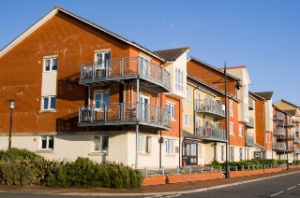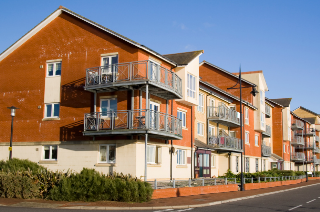 There are two parts to the government’s Help to Buy scheme, which is available to borrowers with at least a 5 per cent deposit on homes worth up to £600,000.
There are two parts to the government’s Help to Buy scheme, which is available to borrowers with at least a 5 per cent deposit on homes worth up to £600,000.
Equity Loan
The Equity Loan part runs from April 1, 2013 until March 31, 2016 – or earlier if all of the funding is taken up.
Borrowers interested in using this scheme will have a 5 per cent deposit, the government will supply an equity loan of up to 20 per cent of the value of the property and the other 75 per cent is via a mortgage.
The government loan is interest free for the first five years after which a fee of 1.75% is payable, which rises annually by the Retail Price Index inflation plus 1%. It can be repaid at any time within 25 years – or however long the mortgage term is – or on sale of the property.
The scheme replaces FirstBuy, which delivered around 10,000 sales up to April this year, but the Equity Loan is open to home movers as well as first-time buyers. The government is anticipating 74,000 sales over the scheme’s three year life.
Mortgage Guarantee
The Mortgage Guarantee element is due to start in January 2014 and will run for three years. It is also for borrowers with a 5 per cent deposit but is available on existing homes as well as newly built properties.
Details of the scheme have yet to be finalised but the way it works is that the government guarantees a portion of lender losses if the property is repossessed on 95 per cent loan-to-value (LTV) mortgages.
This should in turn encourage lenders to offer better access to low-deposit mortgages as the government is insuring part of the risk. High LTV mortgages are more risky for lenders and more expensive for them to lend on, hence higher interest rates on these types of mortgages.
The Treasury expects the Help to Buy Mortgage Guarantee will generate around 190,000 sales a year, equivalent to one fifth of last year’s UK housing transactions which numbered 932,000.








